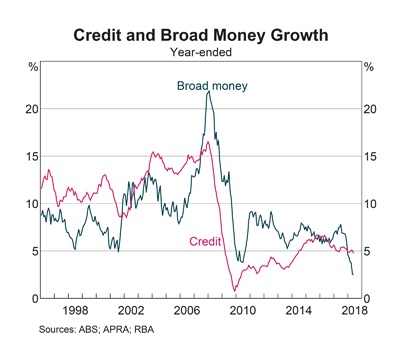Unemployment fell to 3.7% for September, well below the long-term natural rate of unemployment. This normally signifies a tightening labor market, a precursor to higher inflation.

But growth in average hourly earnings dipped slightly, to 2.75% for the past 12 months. Underlying inflationary forces remain subdued.

As Fed Chairman Powell suggested, the Fed may be overestimating the natural rate. In his speech on Tuesday Powell summed up the current situation:
…Many of us have been looking back recently on the decade that has passed since the depths of the financial crisis. In light of that experience, I am glad to be able to stand here and say that the economy is strong, unemployment is near 50-year lows, and inflation is roughly at our 2 percent objective. The baseline outlook of forecasters inside and outside the Fed is for more of the same.
This historically rare pairing of steady, low inflation and very low unemployment is testament to the fact that we remain in extraordinary times. Our ongoing policy of gradual interest rate normalization reflects our efforts to balance the inevitable risks that come with extraordinary times, so as to extend the current expansion, while maintaining maximum employment and low and stable inflation.



















































